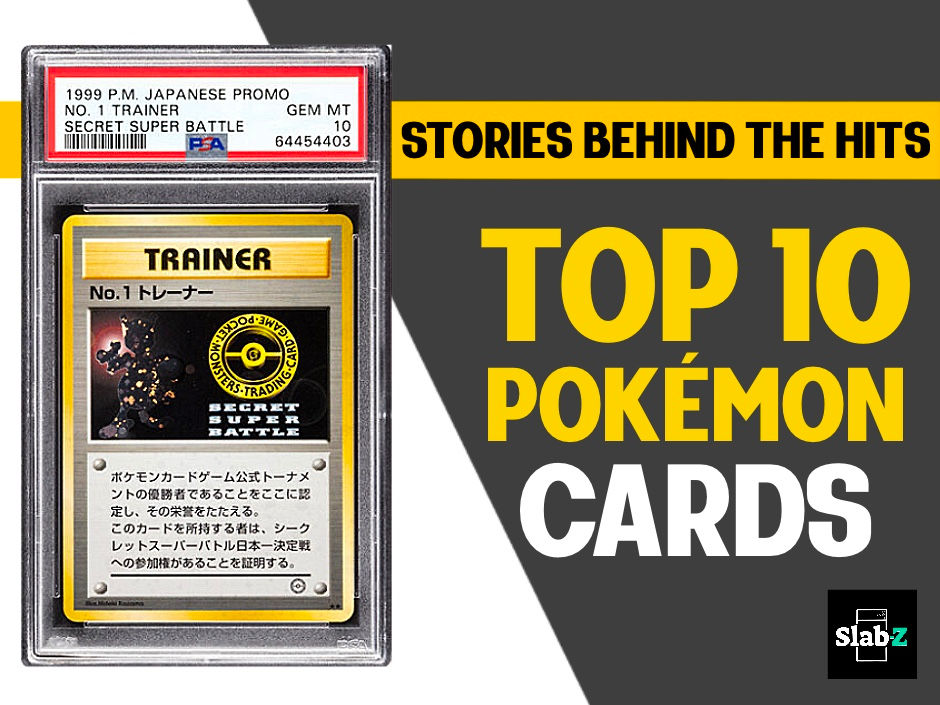The Pope Leo Card Boom: A Reseller Frenzy, Not a Collector’s Treasure
- Paul Seviner

- May 16
- 3 min read
Updated: Jun 26

In recent years, it’s become clear: trading cards aren’t just for sports or entertainment anymore—they’ve taken a surprising turn into religious memorabilia, and the new Pope Leo trading card is no exception. According to reports, the latest sales of the Pope Leo card are smashing records, 133,535 copies sold, with some speculating that a large chunk of these transactions are driven by resellers rather than the true collectors who’ve supported the hobby for decades.
It’s a familiar pattern. When a card—be it a superstar athlete or a figure of religious significance—goes viral, the initial rush is often fueled by the resale market, not genuine demand. This is especially true when huge sums are changing hands in secondary markets, making one wonder: are these sales reflective of real community passion, or are they orchestrated by traders looking to cash in on a fleeting trend?
As with previous popes issued by Topps—the popular Pope John Paul II set, for example—the last Pope card saw similar inflated sales numbers, but many in the hobby questioned whether those prices truly reflected ownership or merely speculative flipping.
For years, Topps has been releasing Pope-related cards—proof that the market for religious memorabilia continues to grow. But it’s important to distinguish between official Topps NOW products and dedicated set releases. Topps NOW is a real-time, limited-edition product that’s created on the fly—often within days of the event or milestone—aimed at quick hype and immediate sales. Some call it 'print-to-demand' as Topps don't hesitate to print additional chrome versions of a card when it surpasses the 100,000 mark.
These cards tend to be less exclusive and more driven by current trends, often flooding the market and encouraging rapid flipping. In contrast, dedicated set releases are carefully curated collections that focus on historical significance, craftsmanship, and long-term value—crafted with the collector's appreciation in mind.
When a Topps NOW Pope Leo card breaks sales records, it raises questions: is this demand genuine, or purely driven by resellers trying to profit off a viral moment? Are we losing sight of what truly makes collectibles valuable—the stories, history, and faith they represent—or are they becoming just another short-lived commodity for quick cash?
For sure, the hype is being heavily oversold by headlines cherry-picking a few inflated sales, while eBay data shows an average of around USD 4 per card during the presale period (around May 4th). It wasn't until May 15th that the card’s average price surged to approximately USD 20. Overall the eBay data sales shows we are very far from the 130,000 copies, with only few hundreds sold. Some sellers even offer 'pre-graded' sale in PSA10, advertising they could deliver that juicy gem mint rate as they do 'grade about 10,000 copies for relevant releases'.
The so-called "presale" market is another gray area, often exploited by large-volume eBay resellers who secure discounts by buying in bulk. They then flood the market with cards, of course without guaranteed condition, which makes questions about production flaws or card integrity almost irrelevant. The cherry on top? Many resellers will even issue refunds, as they often wait to see how the market reacts before committing fully to their orders.
The real concern here is that short-term speculative sales diminish the integrity of the hobby. When market prices are driven by a few big-spenders chasing buzz rather than true appreciation, the heart of collecting—preserving legacy and history—starts to fade.
So, as we watch the Pope Leo card’s record-breaking sales, let’s remember: the real value of these collectibles lies in their story, not just their price tag. If the masses are buying for profit and not for faith or history, perhaps it’s time we ask ourselves—what’s the future of this part of the hobby? Because the true collectors know that faith, history, and heritage aren’t commodities—they’re treasures meant to be preserved, not flipped in a rush.
As is typical with Topps NOW releases, we recommend collectors to wait a few weeks after each launch before purchasing. That way, the reseller hype will die down, and market stocks will flood in, often driving prices closer to fair value.
















































































Comments